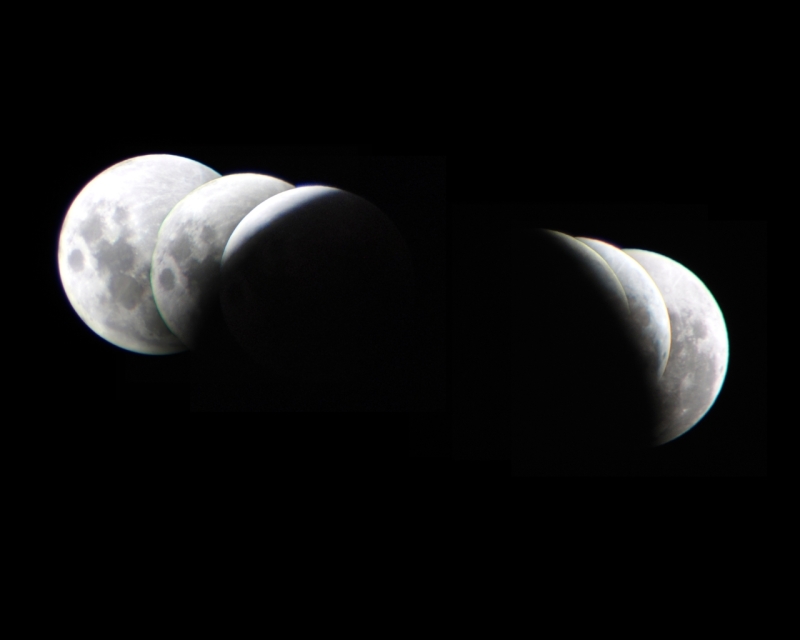Let me start with two questions: First, what is the shape of the Earth? And two, what shapes does the sun cast on the ground when filtered through the leaves of a tree? Of course we know the answer to the first question. The pictures from space show clearly this almost perfect circle or “pale blue dot” that we live on and in an age of Google Earth such questions seem moot. But it is still interesting to think about ways of figuring out the shape of the Earth, from right here on the surface.
In answering the second question, what most people don’t know is that the shape the sun casts on the ground are perfect circles too – though few of us have paid much attention to it. And the reason this happens is because the gaps between the leaves act as little pin-hole cameras casting little images of the sun on the ground below. Now you don’t have to take my word for it. But the question then becomes, how can we prove this pin-hole phenomena is actually happening. Well, one way is to change the shape of the sun. You may think this is kind of hard to do… but as it turns out this does happen (at least its perceived shape from the earth). The answer, as you may have guessed, has to do with eclipses.
Turns out that eclipses are a great way of perceiving things that may be difficult to see and can help us answer both these questions (both of which I have written about before – but for some reason I had never really put them together).
Here is a time-lapse photo of a lunar eclipse! Can anyone miss the shape of the shadow of the earth? (Read my previous posting here).

Image credit: Renato S. Passos, Brazil (more images here)
What a powerful way of seeing the shape of the Earth!
As for the second issue, that of the sun forming images on the ground… I have written about it here in greater detail. Here is an image that may make the point more powerfully.

How cool is that. So the next time you walk through a sun-dappled woods, remember what you are walking through are thousands of images of the sun splattered all over the forest floor!




0 Comments
Trackbacks/Pingbacks